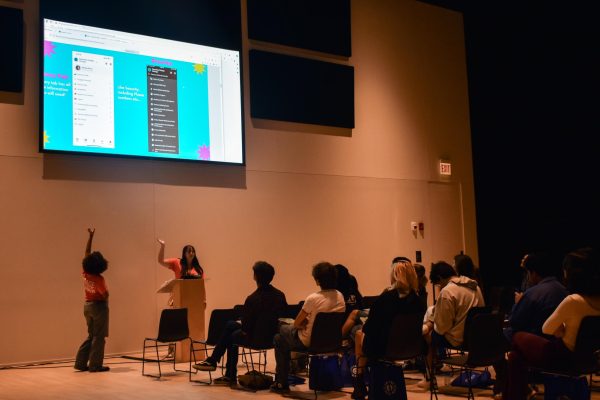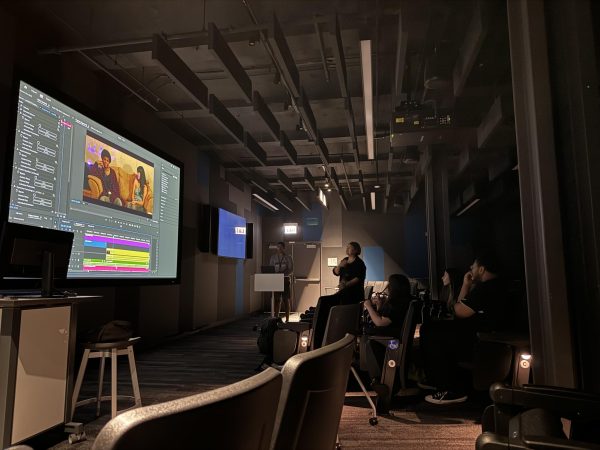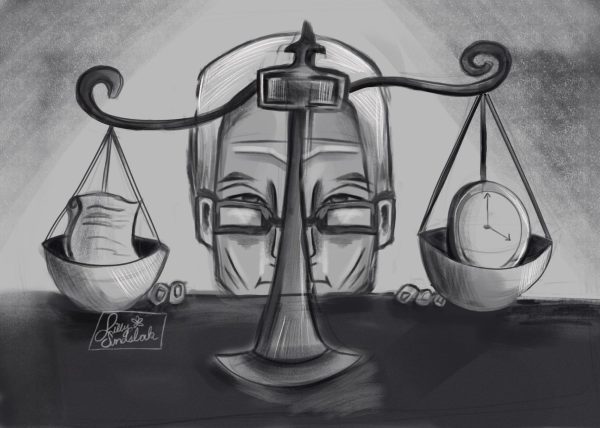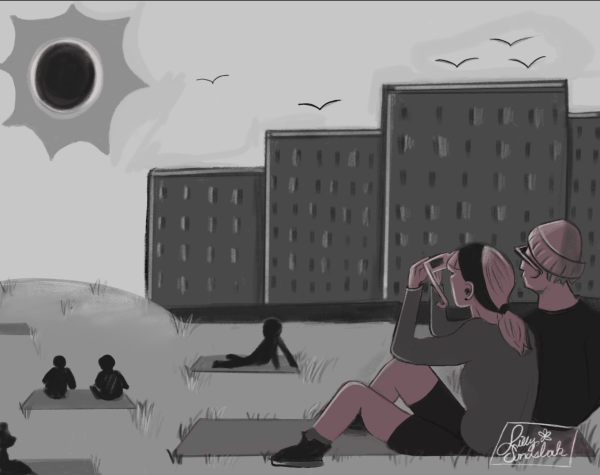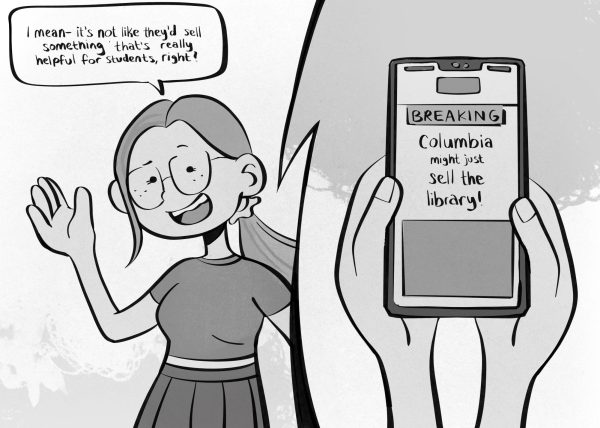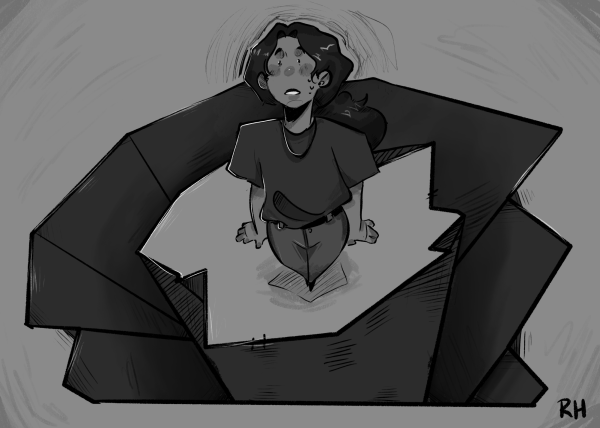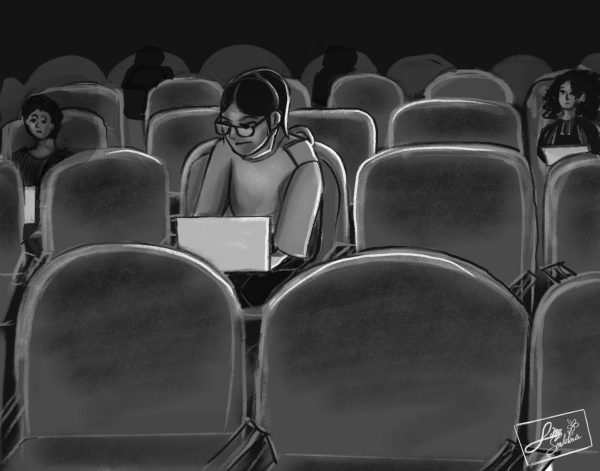DEI committee’s actions louder than words
November 28, 2016
Though the Diversity, Equity and Inclusion Committee was created Jan. 8, the college community has yet to see results from the committee that directly affect the Columbia experience.
Because of its late start-—six months after all other Strategic Plan committees—this committee has been behind in accomplishing its first and second year goals. In addition to getting a late start, the committee also had a membership change during the Fall 2016 Semester as some student members graduated in May 2016 and other faculty and staff members left the committee, as reported Oct. 21 by The Chronicle.
After its slow start, the committee released a working mission statement to the college community for feedback and held a forum to discuss the definitions of the terms diversity, equity and inclusion.
While this is an important part of a successful committee and an important part of making the college’s priorities clear, the creation of a working mission statement is not much tangible progress.
Columbia boasts a diverse community of students, faculty and staff and this committee dedicated to supporting that diverse community should be a priority. While it seems the committee is taking its work seriously by taking time in its work, the work it is doing is not directly affecting current students, faculty and staff.
The creation of a mission statement is important because it shows the rest of the world—and more specifically, prospective students—the values of the committee and the college regarding diversity, equity and inclusion.
But, while the committee takes time to complete these tasks, the college doesn’t need the committee to complete its deliberations to take some necessary affirmative actions.
One student, who had previously said she felt she was not represented within the faculty and staff at the college, said the DEI committee’s mission statement draft made her feel more confident in attending the college. If she were a prospective student, she would find the mission statement of the committee intriguing, as reported Nov. 7 by The Chronicle.
But real progress will come when the committee advises on how this mission statement will affect the college community directly. There are many ways this mission statement could do so, such as educating college administration on recruitment and the importance of diversifying the faculty and staff at the college—80 percent of full- and part-time faculty and 70 percent of full-time staff employed in the Fall 2015 Semester were white non-Hispanic, as reported April 11 by The Chronicle—and offering ideas on training and education for faculty on how to promote inclusion of diverse perspectives in the classes they already teach and in future curriculum they may create.
There is a similar frustration with the administration’s pointing to drafting the Strategic Plan as tangible progress. It outlines how the college can move forward and improve in specific areas, but simply creating goals does not mean the college is achieving them. To do so requires the implementation of measures, some reflecting the work of administrators and others reflecting committee work, that indisputably changes the college experience for the better.
A mission statement is not going to affect students’ actual experience at the college. Only actions will change how students experience diversity, equity and inclusion at the college. With or without a mission statement, the college should be making diversity, equity and inclusion an evident priority at this institution.


